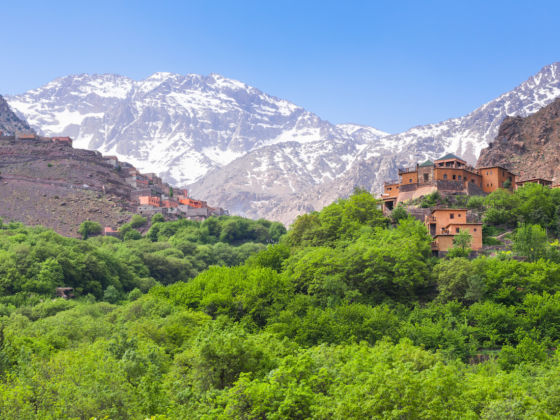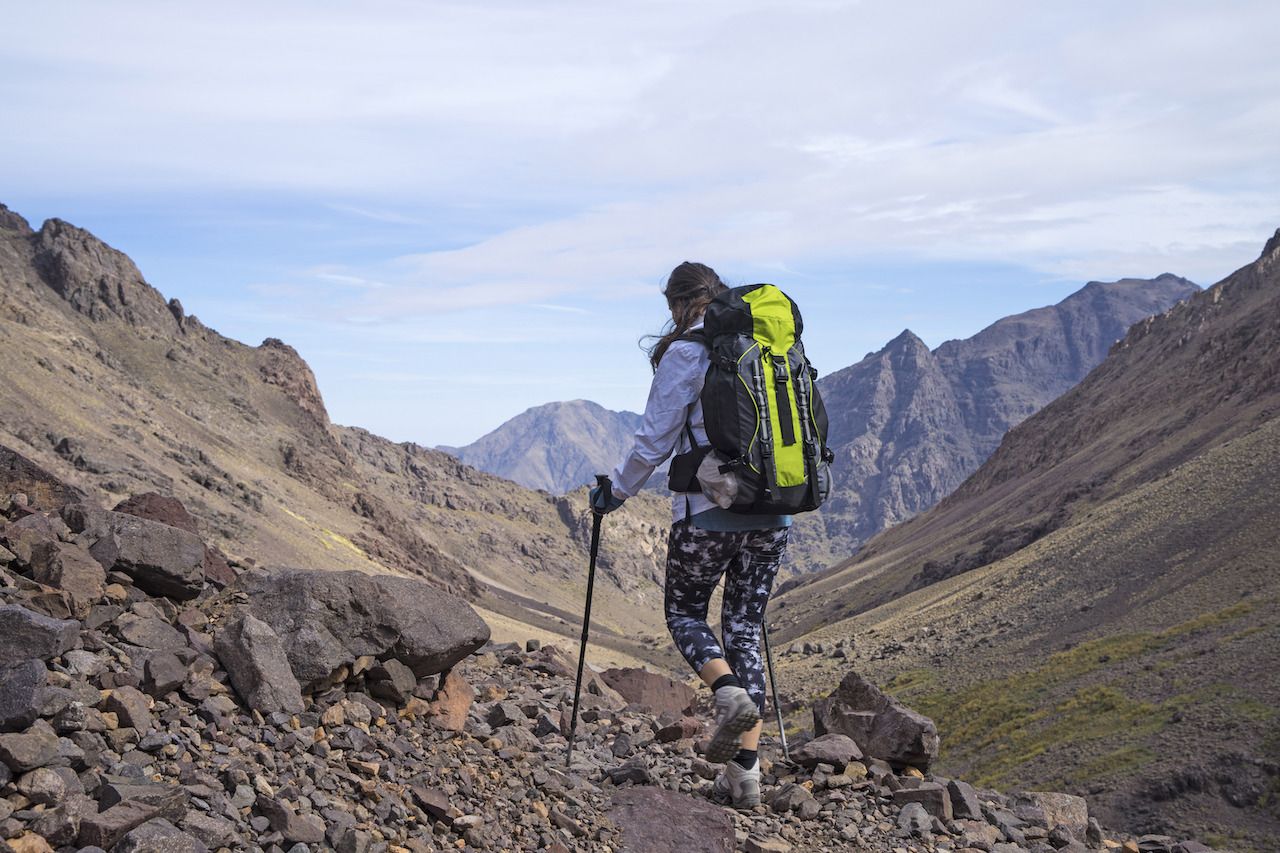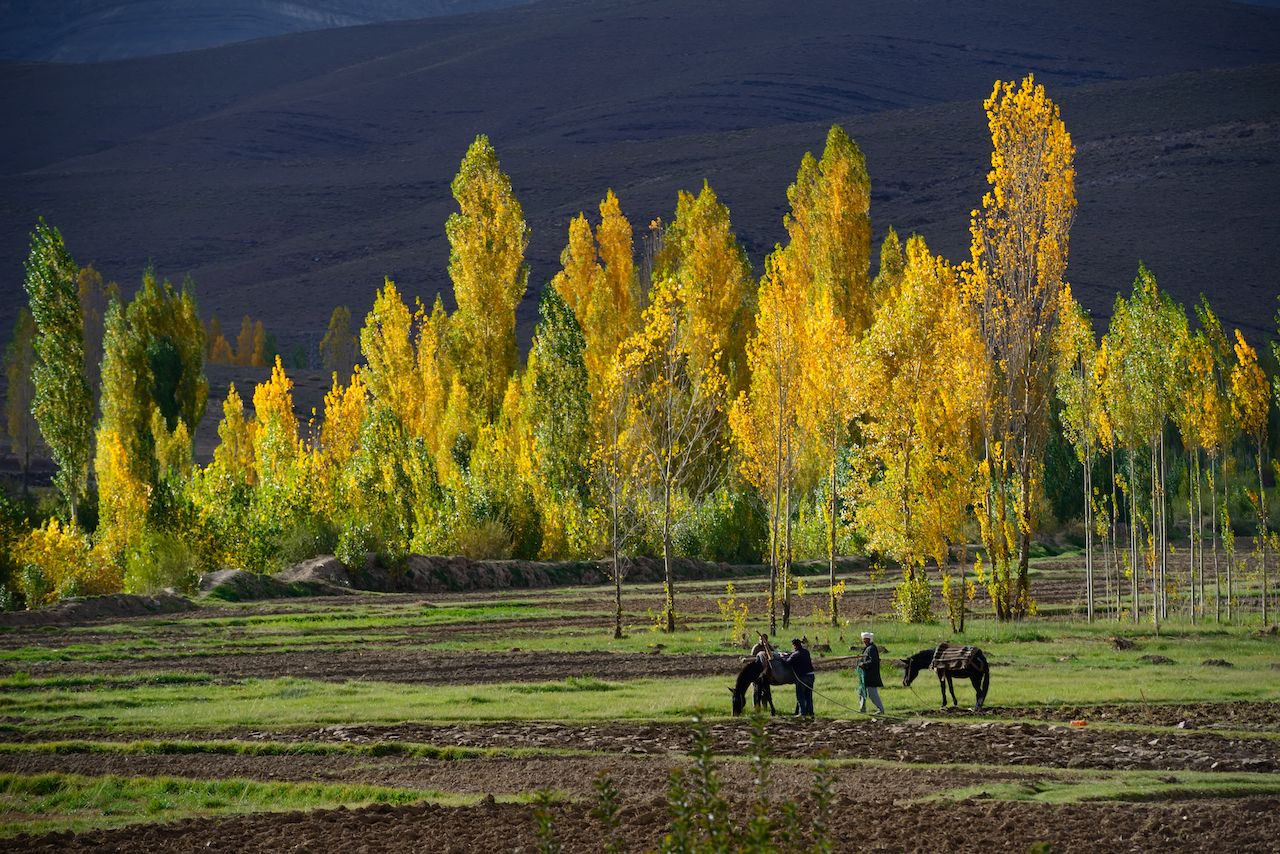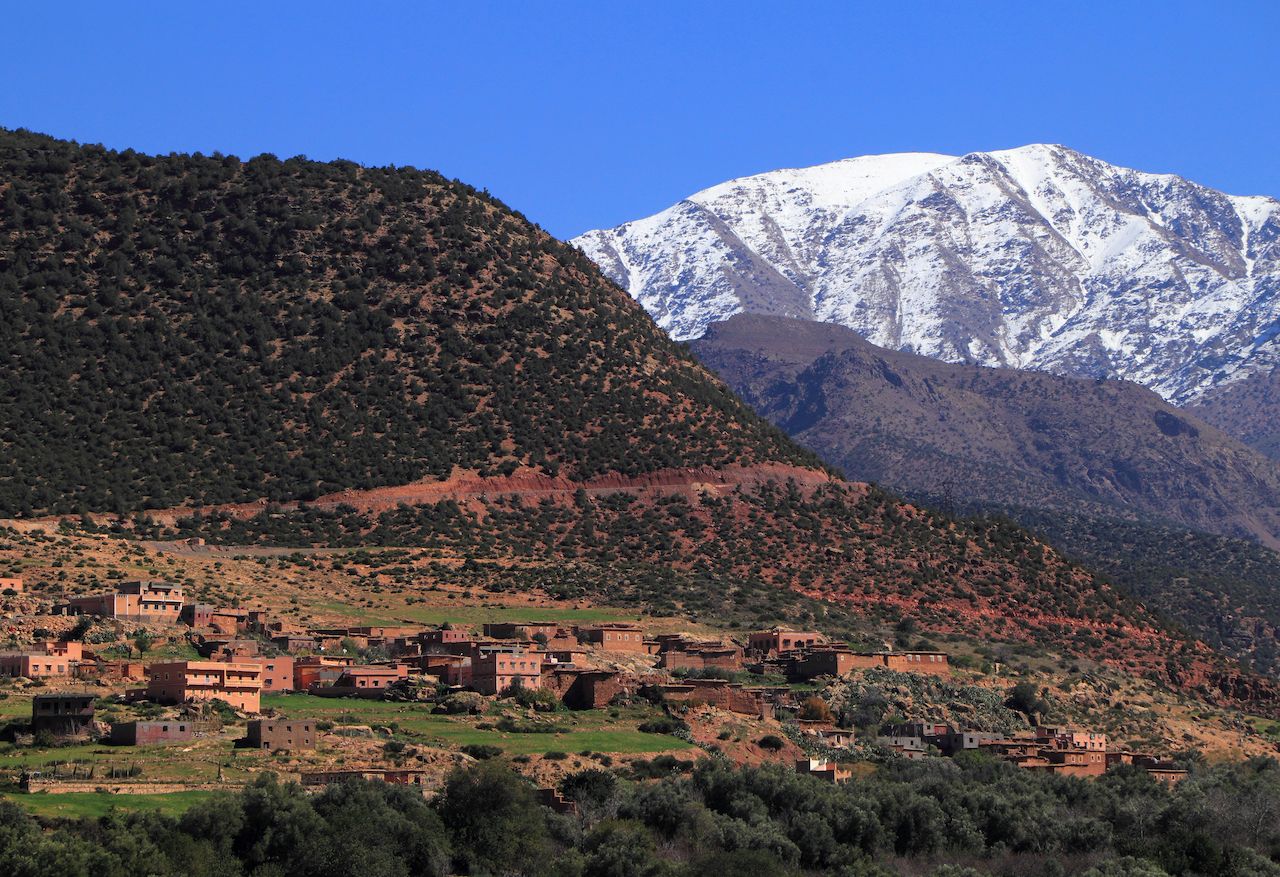The Atlas Mountains range traverses across three countries — Morocco, Algeria, and Tunisia. Spanning nearly 1,000 miles in length, the terrain is earthy and rocky, some of it lined with parks and trails that provide numerous opportunities for outdoor enthusiasts. The dry, hot region is mainly inhabited by Berbers, a group indigenous to North Africa. Much of their ancient culture has remained unchanged by the modern world and many Berbers continue to make their living by herding livestock and farming.
You can embark on a multitude of activities in the Atlas Mountains, from trekking to quad biking to rock climbing. Trekking remains the most popular pursuit, given the plethora of trails available that lead you deep into the wild nature that’s largely unspoiled by tourists. Use this guide to identify the best trek for your trip based on length, number of days, and fitness level.




